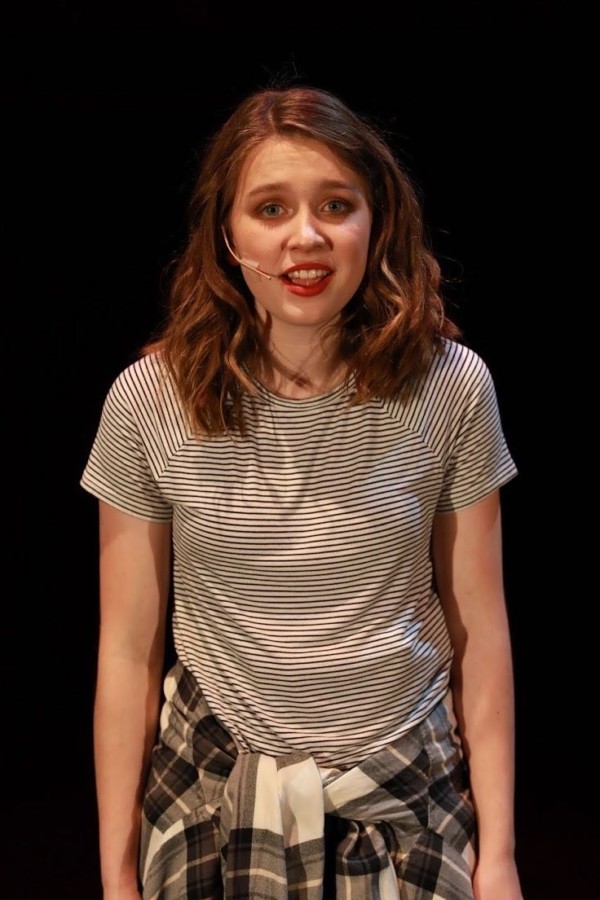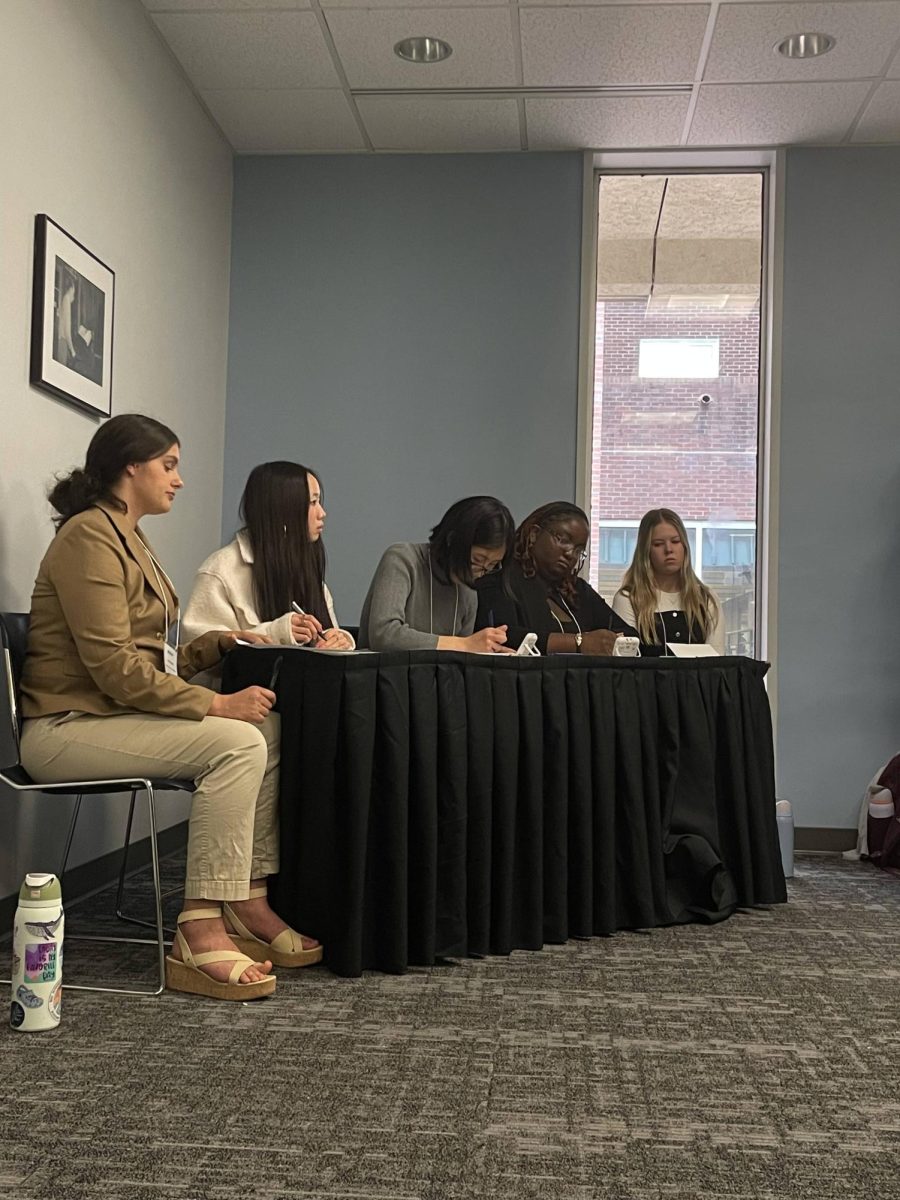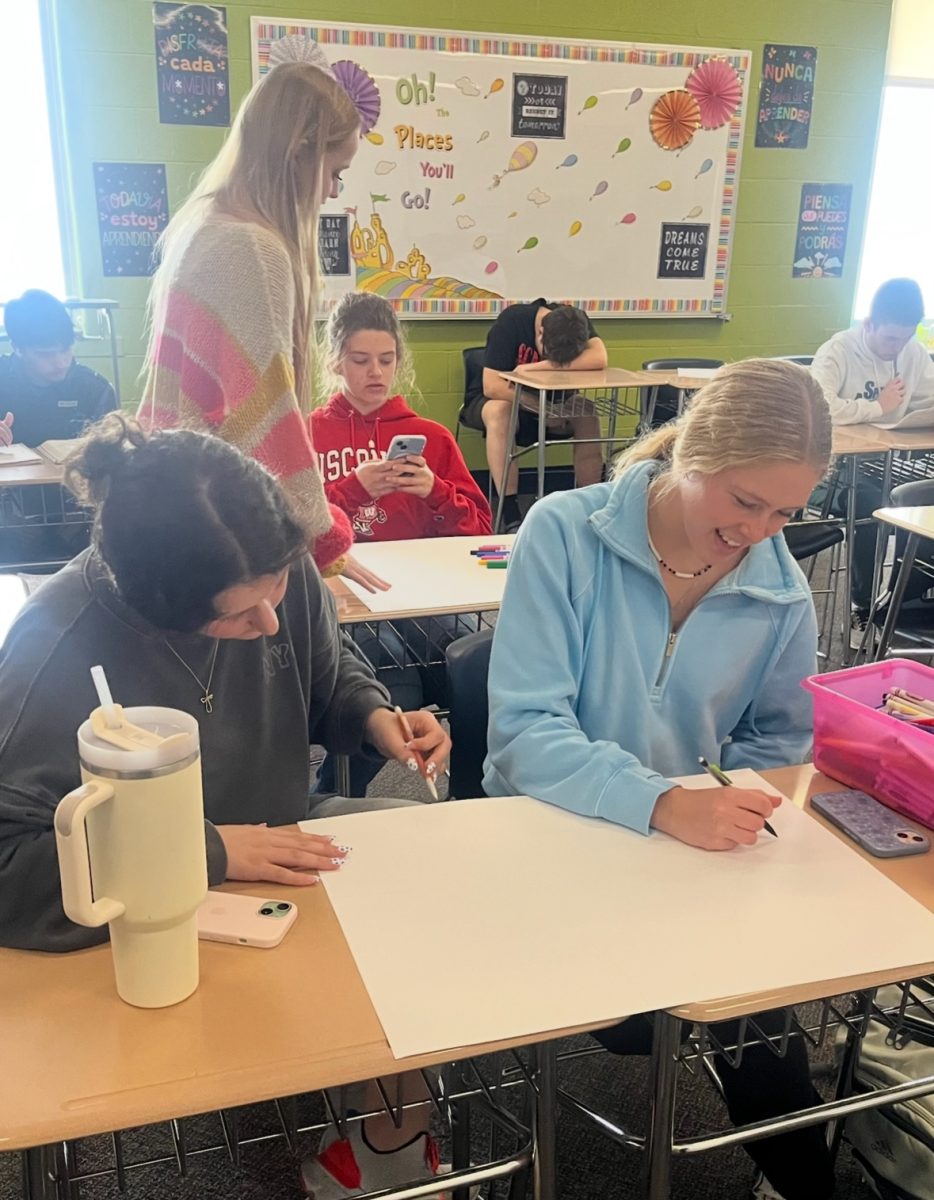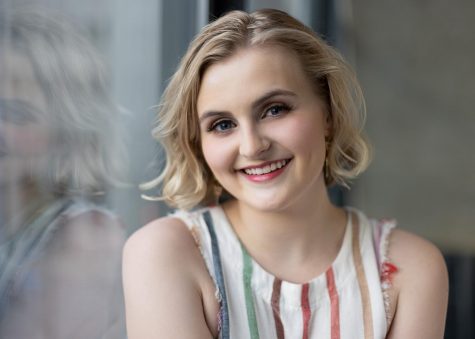Application, pre-screen, audition.
This multistep process is more than the typical student has to experience, but for those deciding on a career in the arts, it is the norm.
Every year, high school seniors across the nation audition for musical theater, dance, music college and conservatory programs. Programs like these normally admit only a few students, and the process is rigorous and challenging.
To start, most competitive musical theater and music schools require students to go through an extensive pre-screening process before auditioning. These can consist of multiple songs, contrasting monologues or a dance preview. If a school likes a candidate’s submission, only then will they be invited to audition.
These seniors have more than just an application to worry about when applying. They have to not only get accepted academically, but artistically as well. For some, this raises an issue.
Some of the highest ranked theater and dance programs like University of Michigan, Carnegie Mellon University and New York University have small acceptance rates for their entire school, let alone a more competitive program. Students with the greatest talent might not be accepted due to their academic record, and students with the best grades might not be accepted if their talent does not make the cut.
Last year, the process was especially difficult considering the majority of schools were not offering in-person auditions. Detailing her audition journey, recent PV graduate Lydia Cox said, “The hardest part of the process was the Zoom auditions. My internet was very spotty and I actually got kicked out of one of my auditions three times!”
This issue just added to the stress of auditions. Unlike athletes who have four seasons of their sport to be scouted and recruited, actors have one audition to make their first and final impression on a school.
For hopeful dance majors, the audition process is slightly different. Dancers attend an audition class where they can be cut at any time, after the warm up or right before the last few minutes. Just like auditions for musical theater programs, this process was made more difficult by Zoom.
The audition process is just the start of challenges faced as a musical theater or dance major. Once students secure their spot in a program, they are faced with the stereotypes that they will not be prepared for a life in the industry.
There is a common misconception that studying theater or dance in college is just singing and dancing all the time, but Cox, who is pursuing a BFA in musical theatre at the Dobbins Conservatory at Southeast Missouri State University, described that she studies other aspects of the industry. “They are very focused on my theater ability, but also on helping me understand how the business works and teaching me how to market myself to the business,” she explained.
The arts are not just a hobby for some students; they are the careers people want to pursue.
Senior Grace Engstrom has just started the audition process for musical theater programs. “I want to pursue musical theater because it is truly something that I never want to stop doing. As soon as I got to high school and started to focus on theatre, I saw how amazing the community was and the endless opportunities out there!” She eagerly exclaimed.
From being cast in the fall musical her freshman year to now serving as drama club president, Engstrom has continuously surrounded herself with every opportunity she could take. With college soon approaching, she hopes to find the program best fit for her to hone the skills she has been developing over the past few years.
The challenge of getting into a renowned arts program has increasingly become more difficult, but students who do so successfully are set up well for a future in a career they love.









